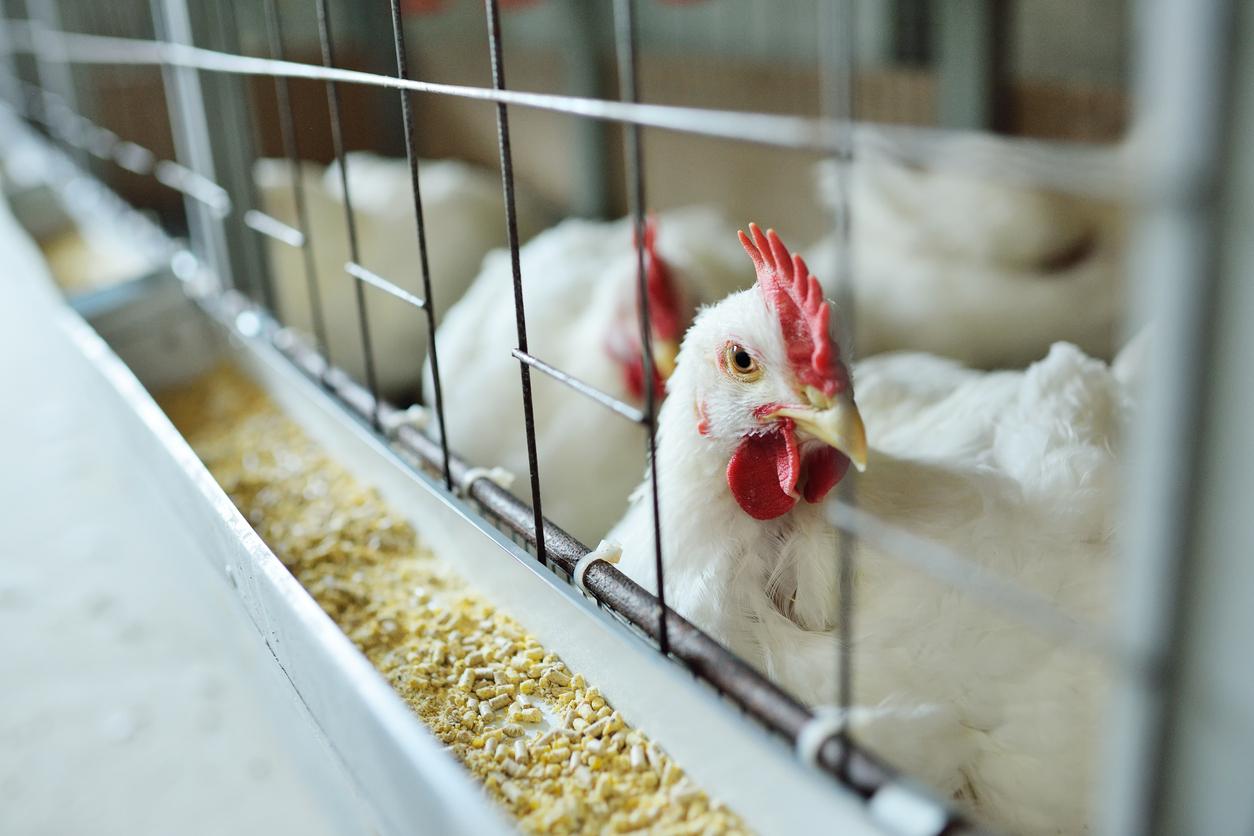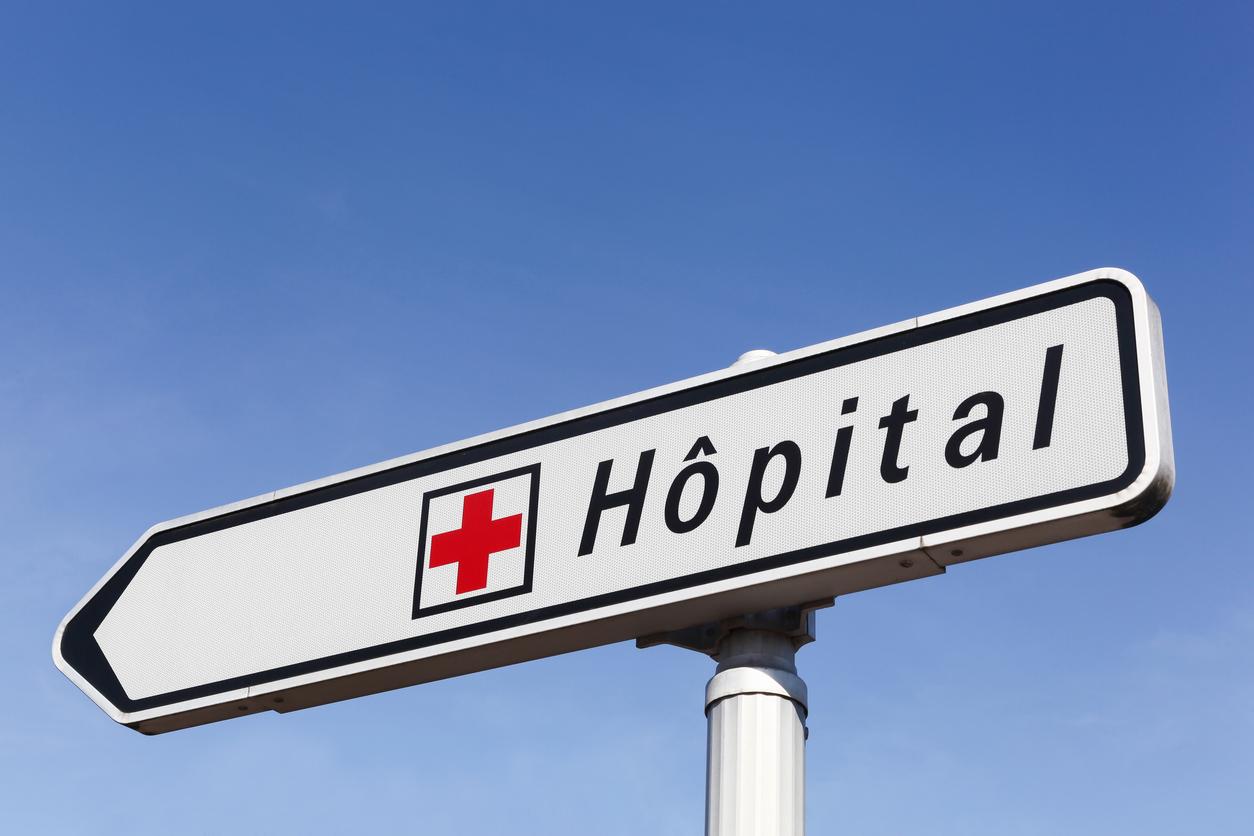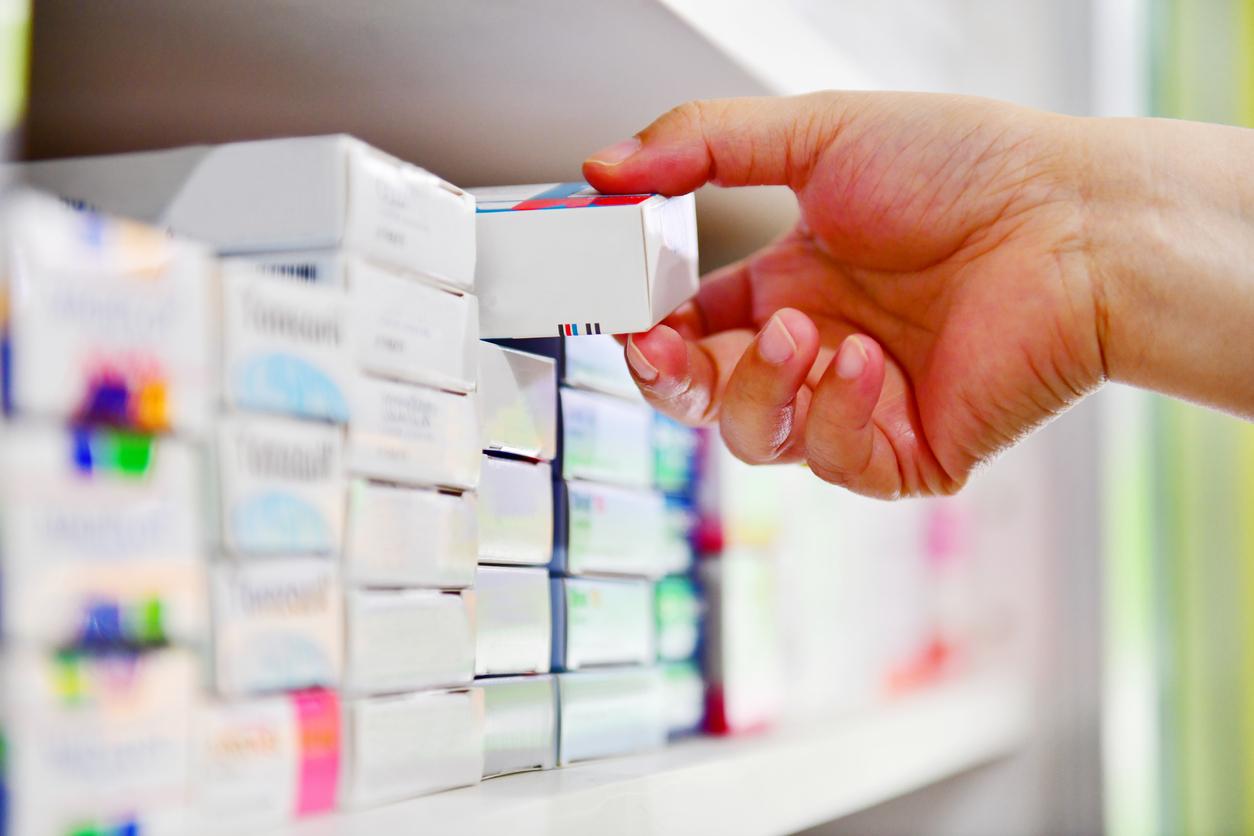
After the Netherlands and Norway, France is now one of the countries in which Tesla superchargers are accessible to electric cars from other brands. But only 16 sites have been selected for the moment, with fast charging rates that are not necessarily discounted.
With 30,000 superchargers worldwide, Tesla’s charging network is one of the great strengths of the young American brand. Thanks to it, owners of Model 3, Model Y, Model S and Model X can access dozens of fast charging stations in France distributed throughout the country, with powers climbing up to 250 kW, without needing the slightest badge. . But there is one advantage they are gradually losing: exclusivity. the use of these infrastructures. At the end of 2021, in Norway and the Netherlands, a pilot program aimed at opening up superchargers to electric vehicles from other manufacturers, provided that they are equipped with a CCS socket, was launched. It now extends to France with, for the time being, sixteen sites whose attendance will be carefully analyzed in the coming months.

In France, for the moment, the pilot program concerns only 16 sites distributed throughout the territory.
Charges in case of occupation without charging
This novelty is indeed not welcomed with enthusiasm by Tesla buyers, who fear to suffer traffic jams at the terminals. A case so far very rare, including during major departures on vacation. There is therefore a risk taken for the brand, but the stakes are not negligible. Thanks to this, it could afford a new financial windfall by positioning itself as an alternative to other fast charging networks, such as Fastned or ionity.

The price comparison with the latter is however complicated since it practices billing by the minute. The cost of refueling will therefore depend on the vehicle’s charging speed, which can vary greatly. Nothing like that at Tesla, which favors a price per kilowatt hour, finally closer to what we know in service stations on thermal models. With, to prevent some from being tempted to squat a terminal for no reason, “unjustified occupancy fees” set at 1 €/min. They come into action as soon as the charge is complete but are canceled if the vehicle is moved within the first five minutes.
A fairly high price without a subscription

If these unjustified occupation costs are fixed throughout France, the charging rates vary from one supercharger to another. You can find them all in the Tesla application, which is required to connect with vehicles from other brands. The two cheapest stations are in Buchelay, in Yvelines, and Salaise-sur-Sanne, in Isère, at €0.56/kWh. To travel 100 km on the highway with a BMW i4 eDrive40, which consumes 24.4 kWh per 100 km according to our autonomy test, you would have to pay more than €13.50. A price well above what Tesla owners pay. But it is possible to match them by paying a subscription at €12.99 per month. The rate then drops to €0.38/kWh, or around €9 for the same journey in i4.
As for the most expensive supercharger, it is located in Laxou, in the Grand Est, in Meurthe-et-Moselle. This time, we reach 0.43 € / kWh with subscription or 0.61 kWh / 100 km without it. The same 100 km in i4 could thus come back to nearly 15 €. Despite the very high price of diesel at present, it is the equivalent of a diesel which would consume more than 9 l/100 km.


















